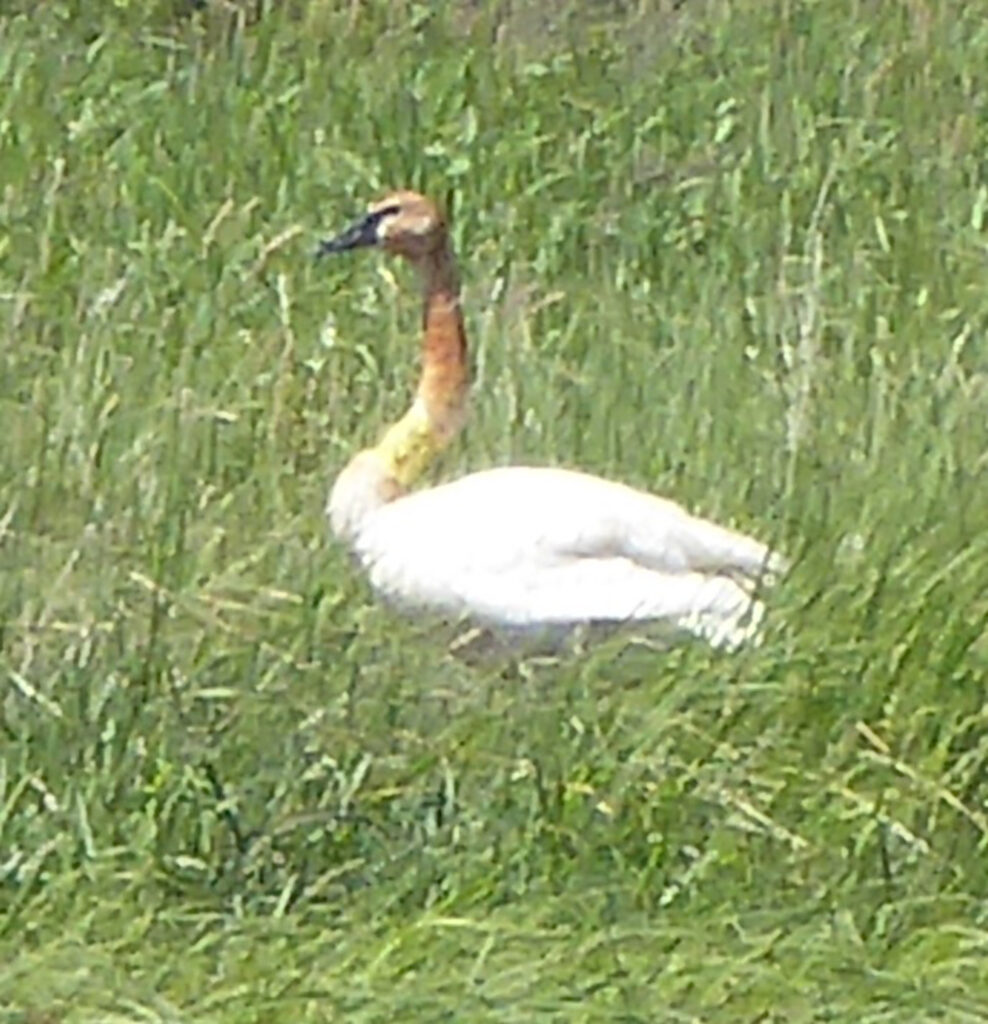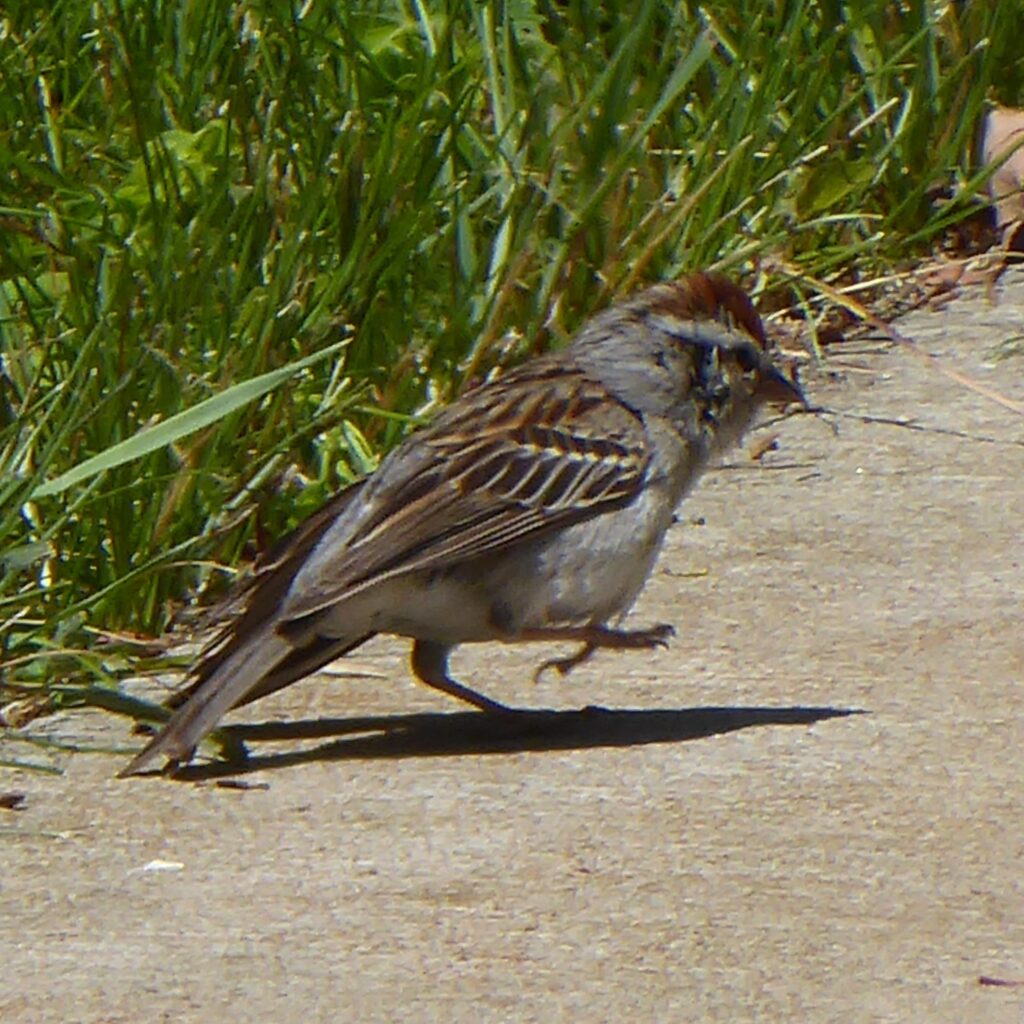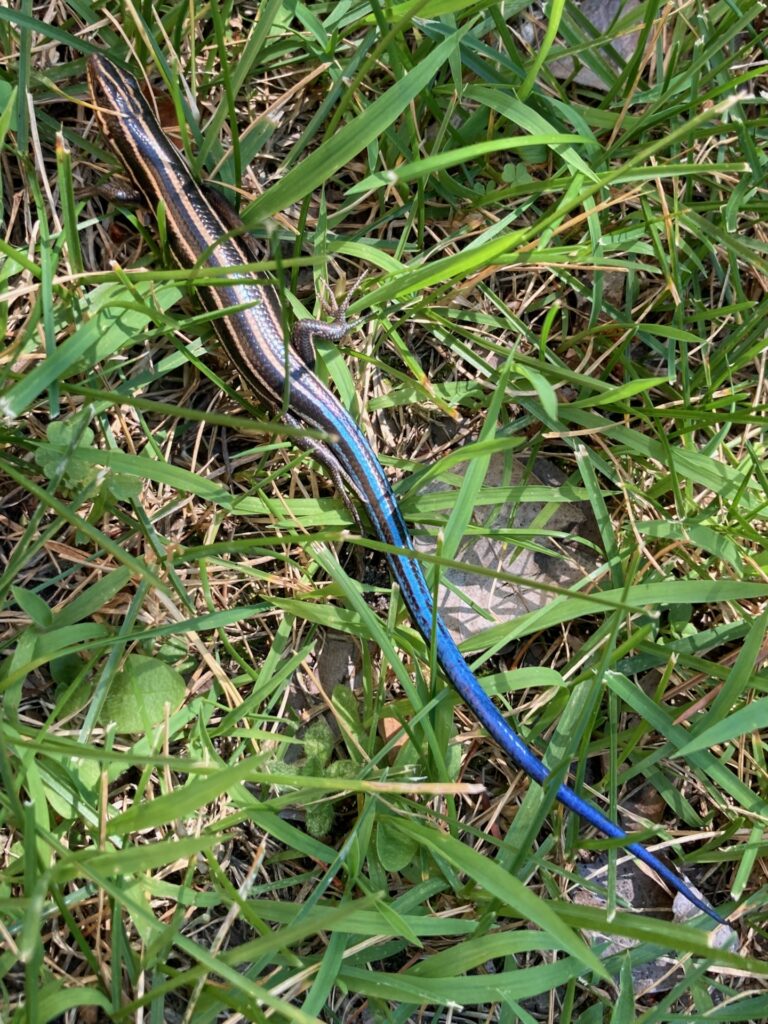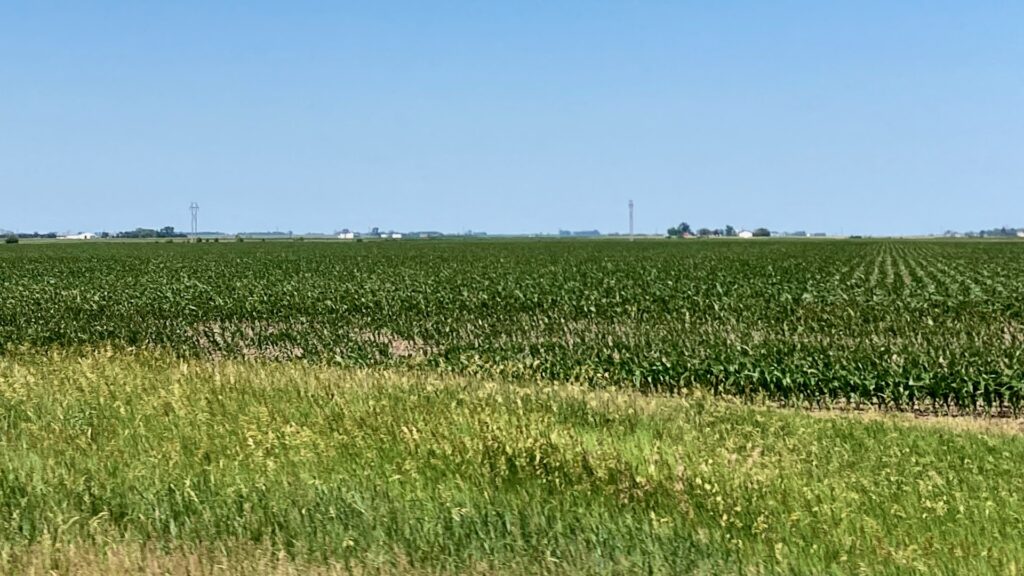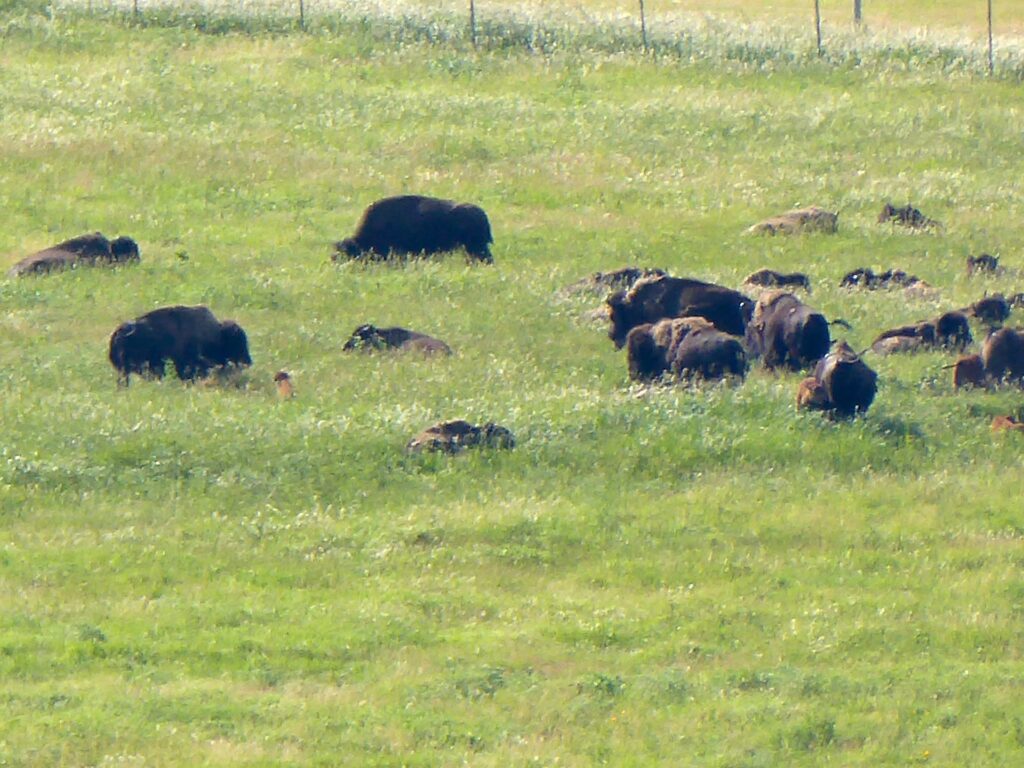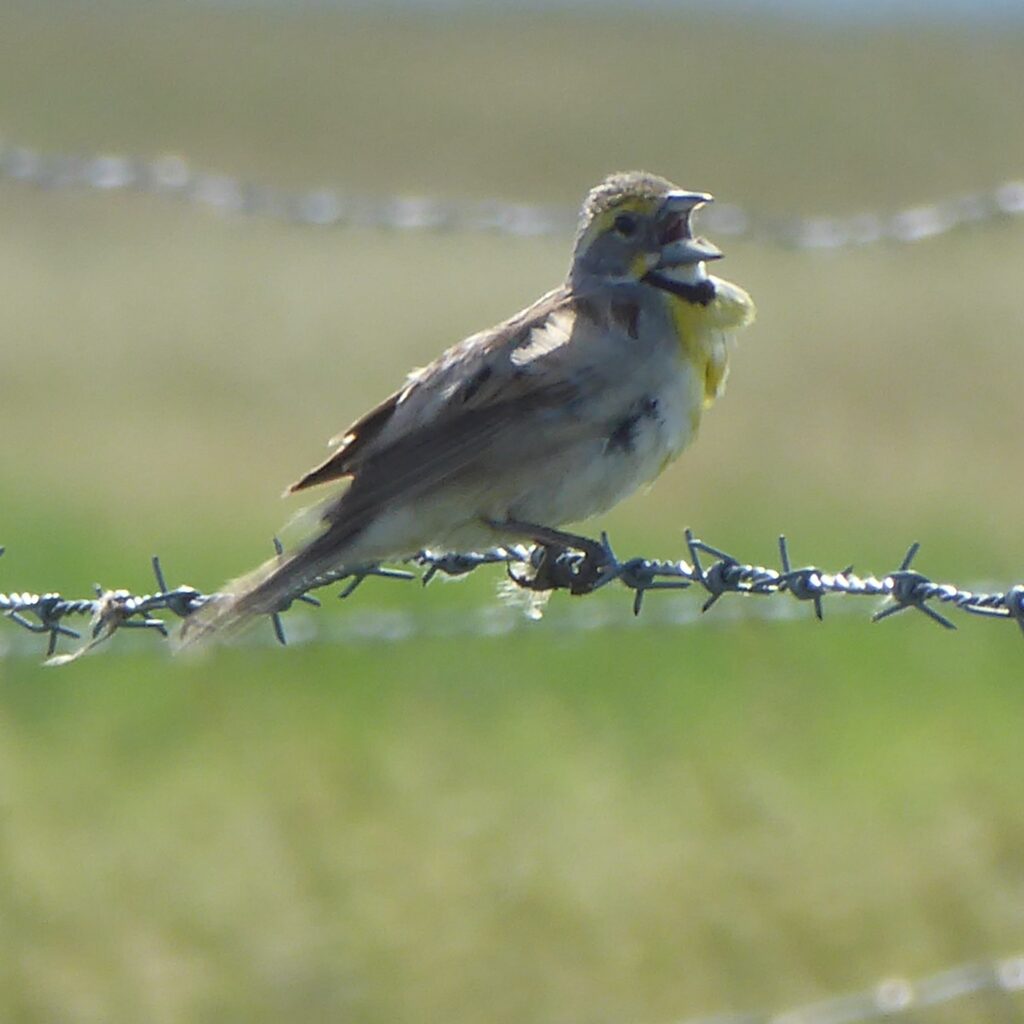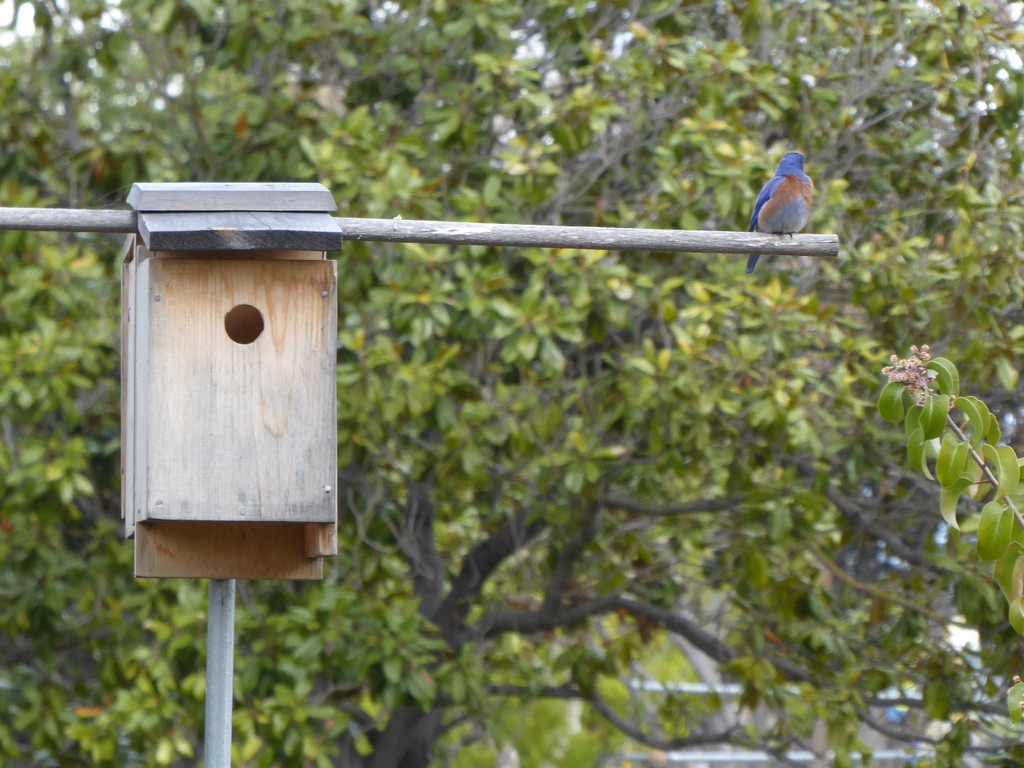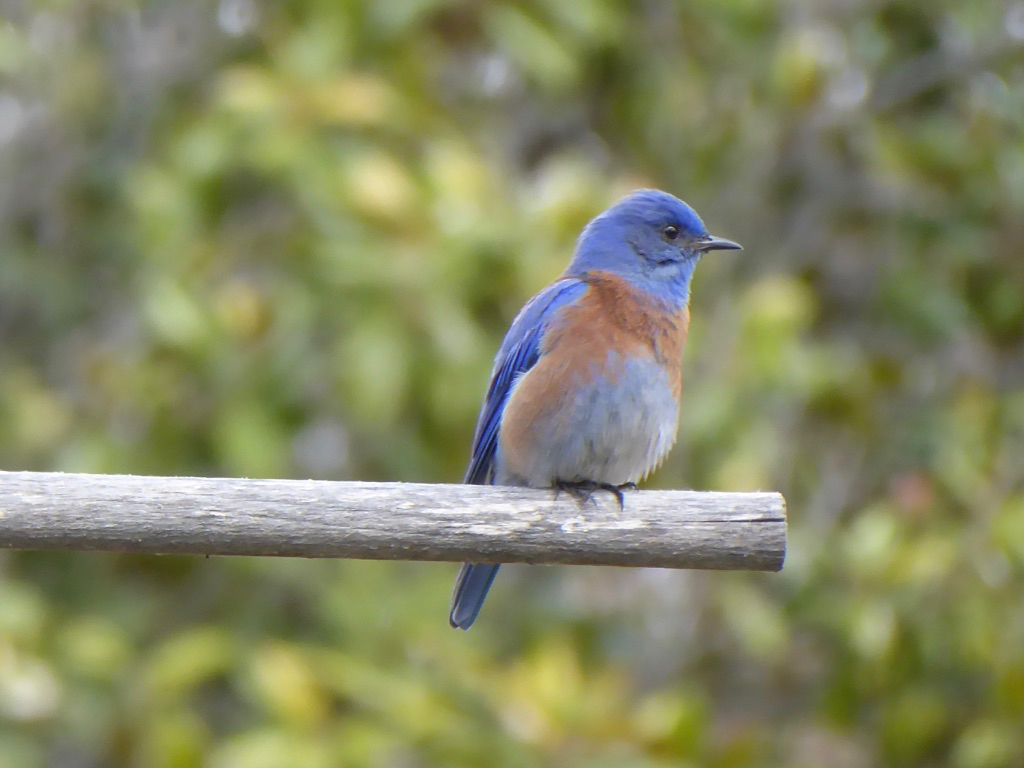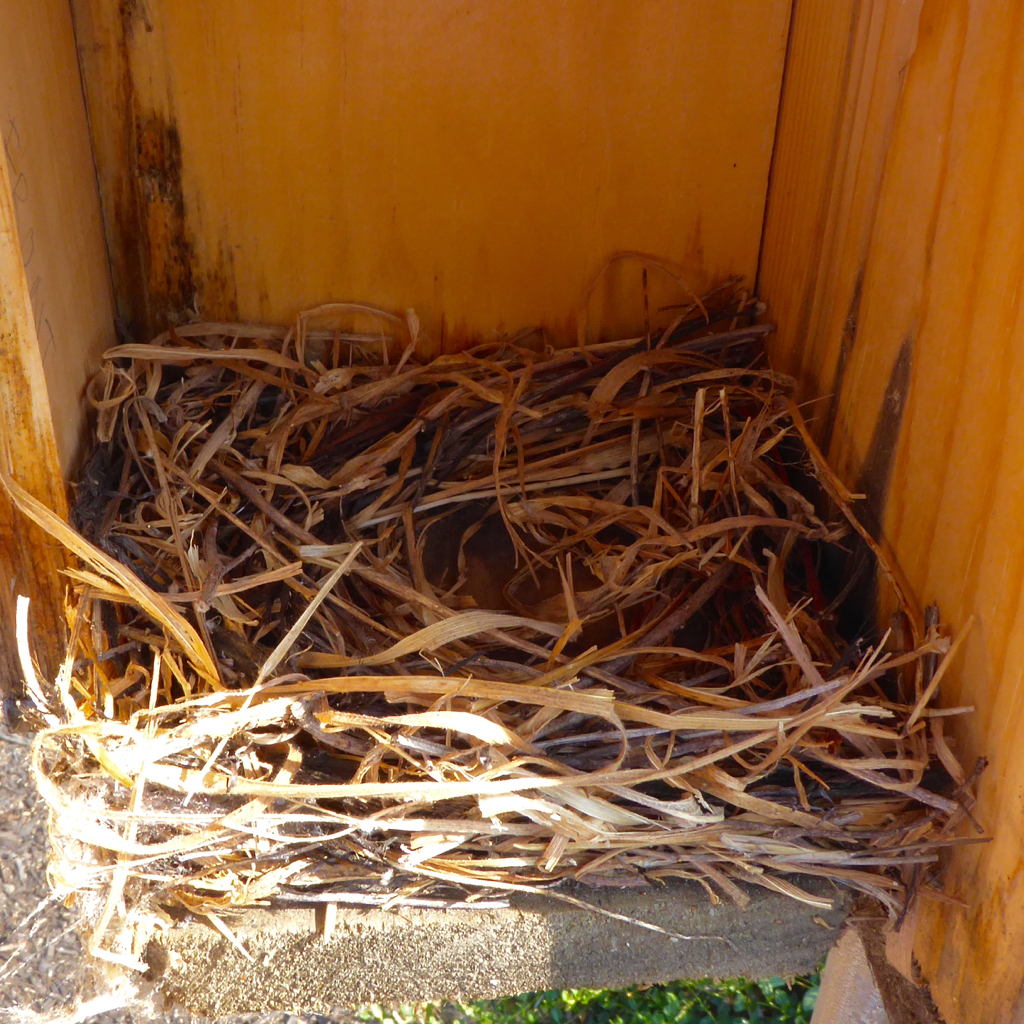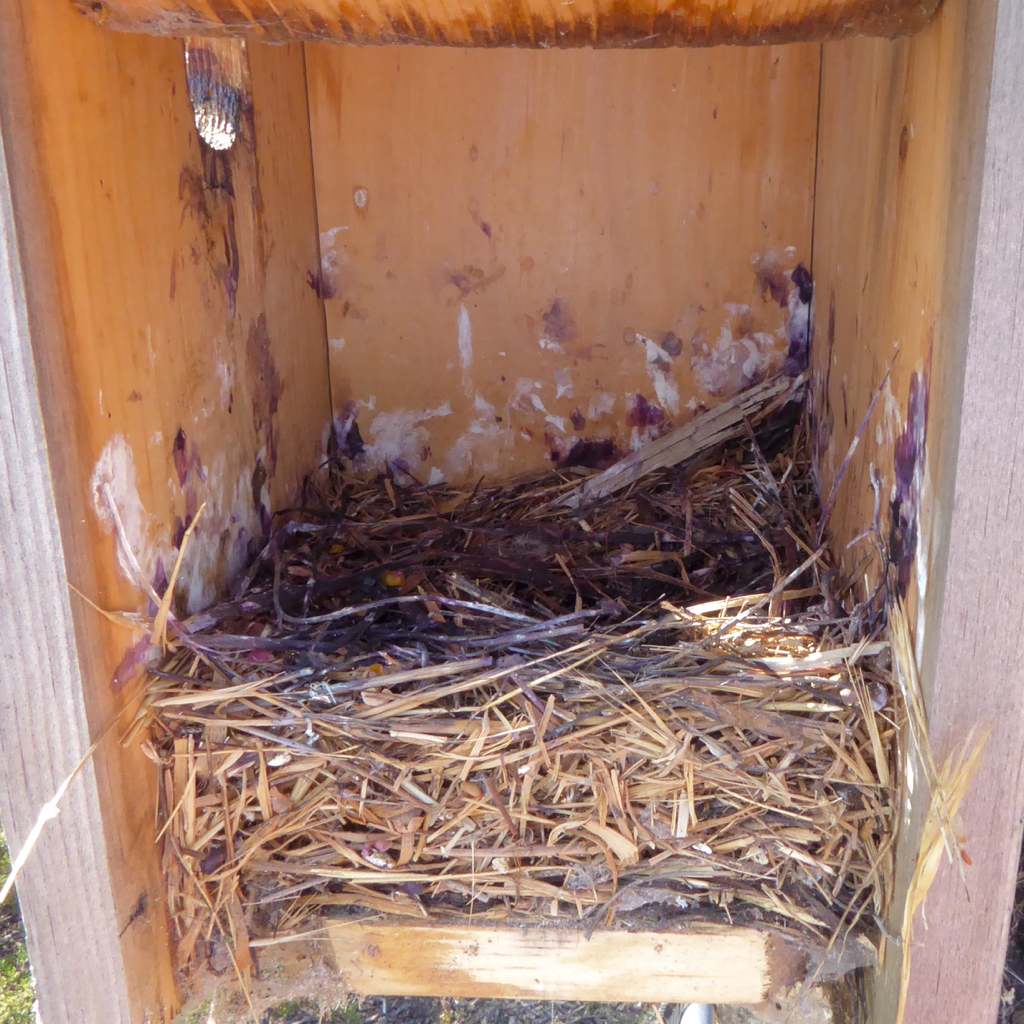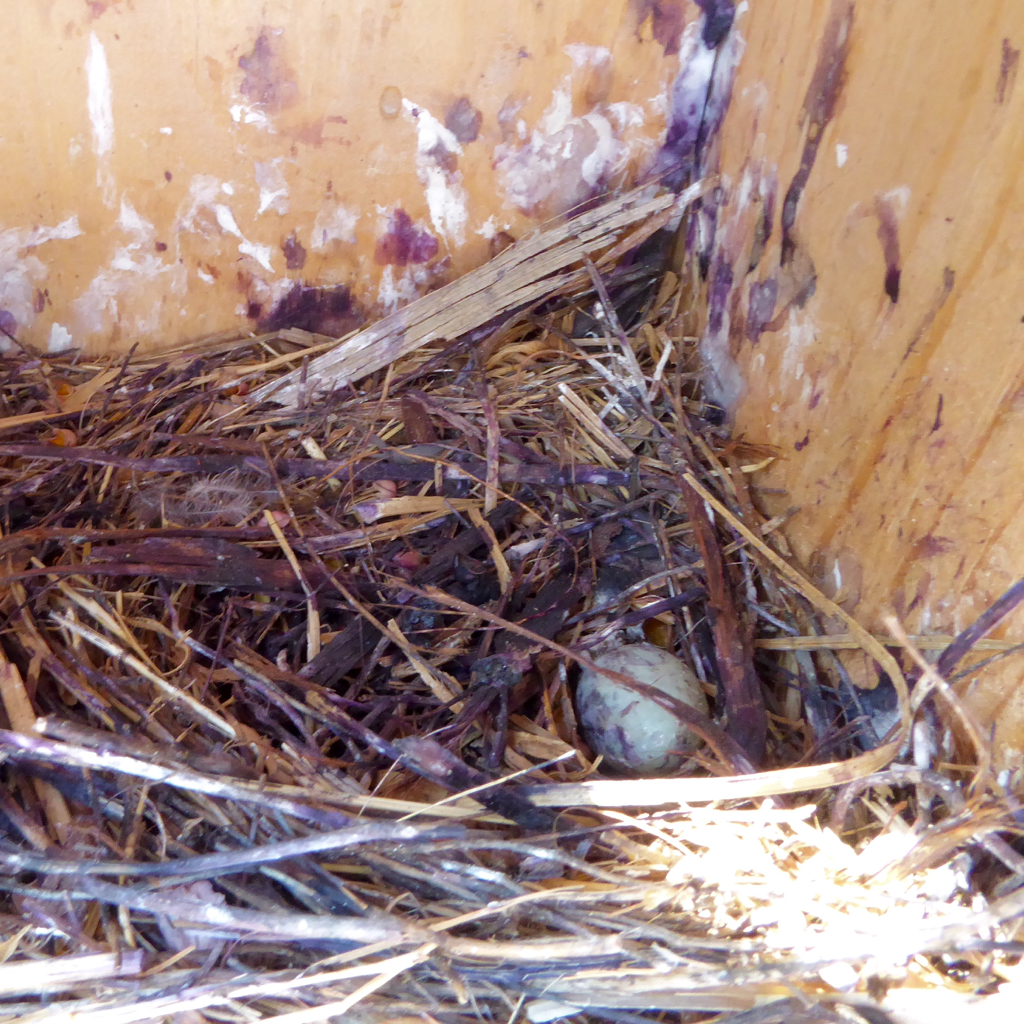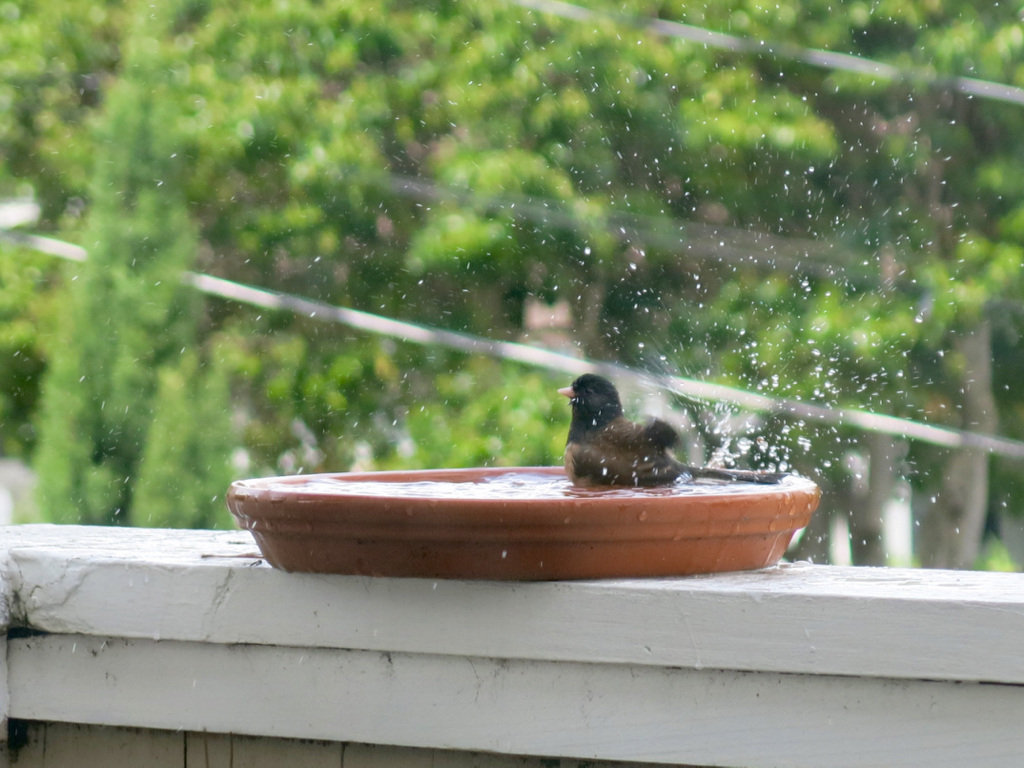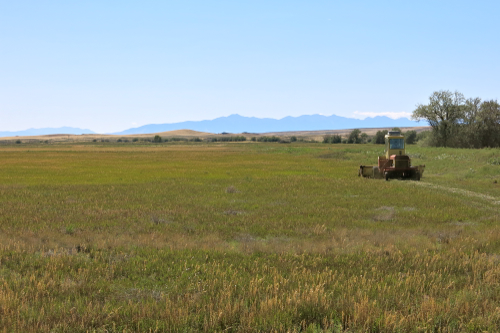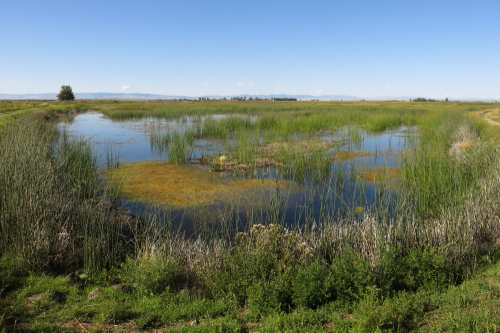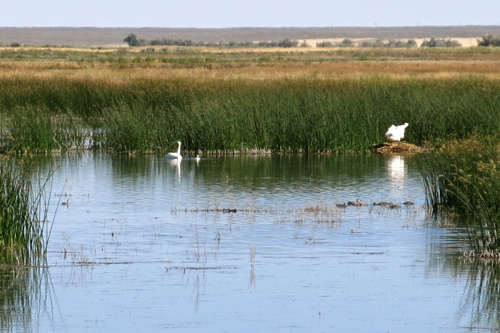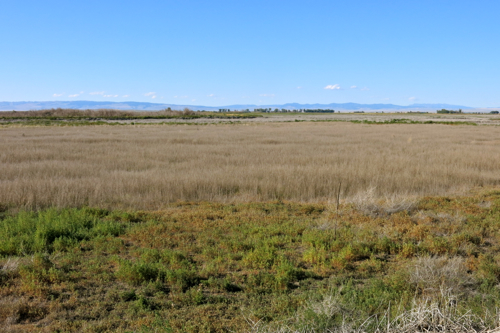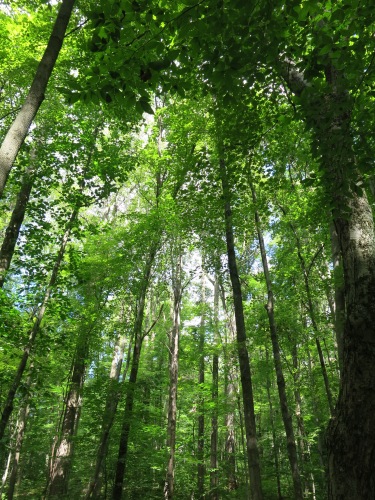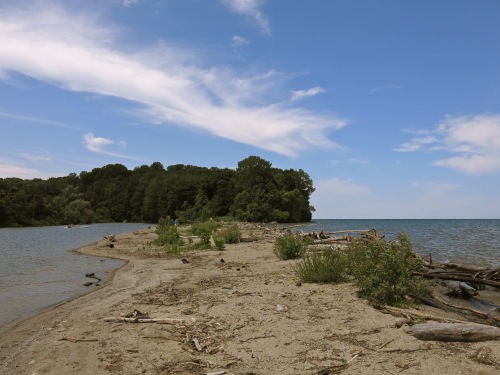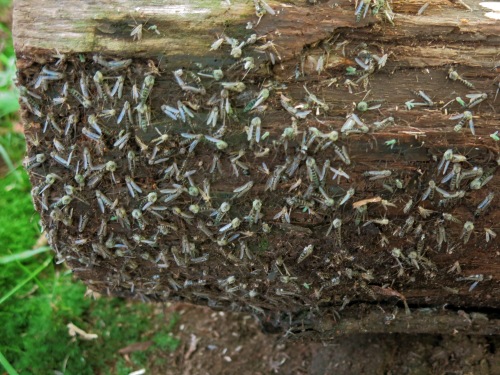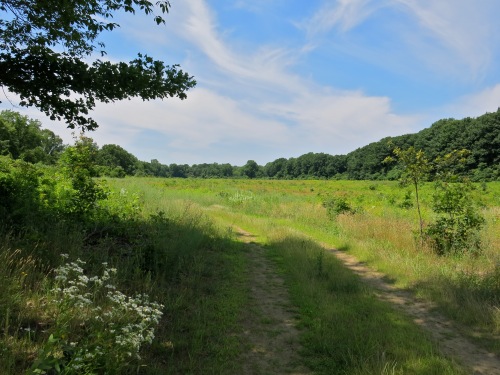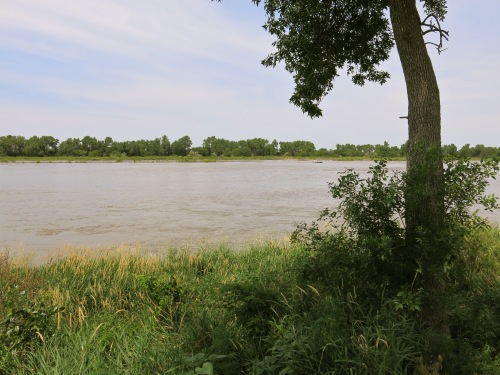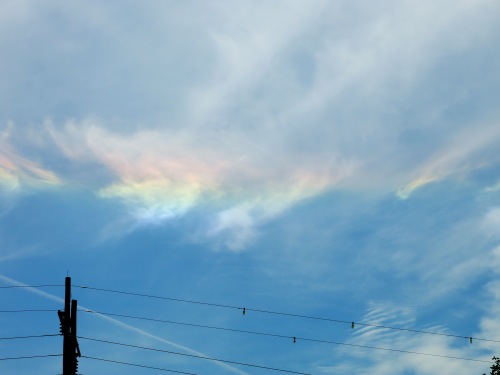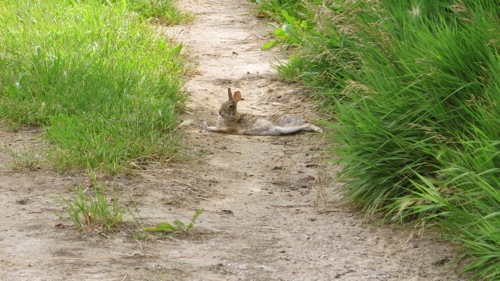At night, I dreamed a great many dreams, but when I was finally awake I remembered none of them; all I remembered was pieces of them: someone needing a pad of paper; children being cared for while their parents did something together; a building with an office that I no longer used. It took me several minutes to come awake, though; I walked around the motel room for a minute or two trying to get re-oriented to the waking world.
Minnesotans have a reputation of being nice, but in the morning I ran into several grim and unhappy people while I bought gas and tried to get some breakfast. Years ago, I took a business trip to Warroad, Minnesota, and in Warroad everyone I met really was nice. But of course not all Minnesotans are nice; Garrison Keillor, with his grim view of human nature, comes to mind. Most of the background music I heard this morning as I did my errands was country music, and I thought that Garrison Keillor was like those lesser country music singers who say they are humble and simple, when they are actually proud of being country, and not at all simple in the way they use their country origins.
Then I realized that all I saw was white people, just as Garrison Keillor’s fictional world is predominantly white. There are too many grim people spinning out fictional worlds that are mostly white. I had been waiting more than five minutes for the grim young waitress to make an appearance, and I left the menu on the table and got in the car and started driving west. As I drove to North Dakota, I sang along to Johnny Cash — “I wear black for the poor and beaten down, living in the hopeless, hungry side of town” — and thought about how this was a song that was on the last CD that my father was able to play for himself on his stereo system before his neurological condition took away his small muscle coordination.
Arrowwood National Wildlife Refuge is about thirty or forty miles from the interstate highway. I drove across the prairie, and down to the refuge headquarters overlooking Arrowwood Lake. One of the rangers pointed out on a map where I might find Sharp-tailed Prairie Grouse: “Here’s where they had their lek,” she said. “It’s a big lek, and there were about fifty males this spring, so there are a lot of birds around. The best time to see them is in the morning or evening.” I told her that I had to leave the refuge before evening. “Well, you’ll just have to walk out on the prairie,” she said, “and see if you flush one out of cover.”
I drove to the place she had indicated on the map, pulled the car over on the narrow dirt road, and walked out onto the prairie. After walking for a while, I turned around and looked back at the car: it looked small and insignificant. Here and there in the prairie were depressions filled with water, and ringed with cattails. Some Common Grackles screamed at me when I got close to one of these prairie potholes.
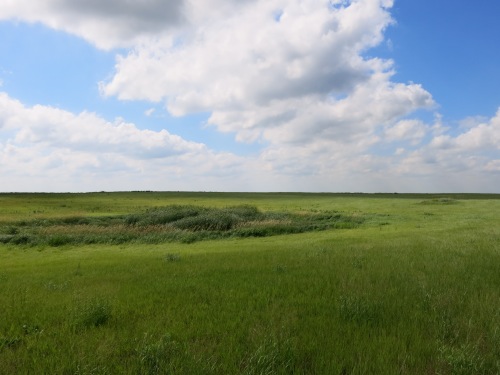
A Savannah Sparrow clung to a milkweed, swaying dangerously in the gusty breeze, singing until one big gust upset him and he flew off. Clouds blew across the sky, leaving patterns of shadow and light on the prairie. I lost track of time. At last I circled back to the road, my trousers marked with dark streaks from some plant, my shoes stained reddish brown in places from having stepped in damp ground, empty of thoughts. It would have been nice to have seen some grouse, but I was satisfied.
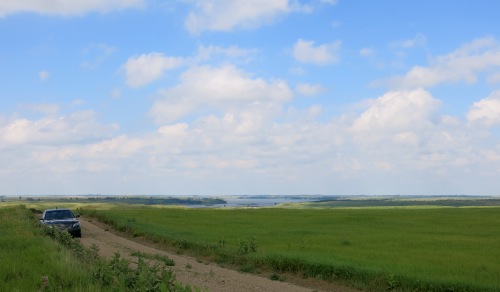
In some tiny North Dakota town I pulled over at a small truck stop to get a sandwich for dinner, and I couldn’t help noticing that about a third of the people there were Hispanic or Asian, not white. The coffee was good, and the sandwich was adequate. I saw my first butte, one of the signs that I was entering the Far West, and then other small formations that weren’t quite buttes, one of which had a giant cow on it.
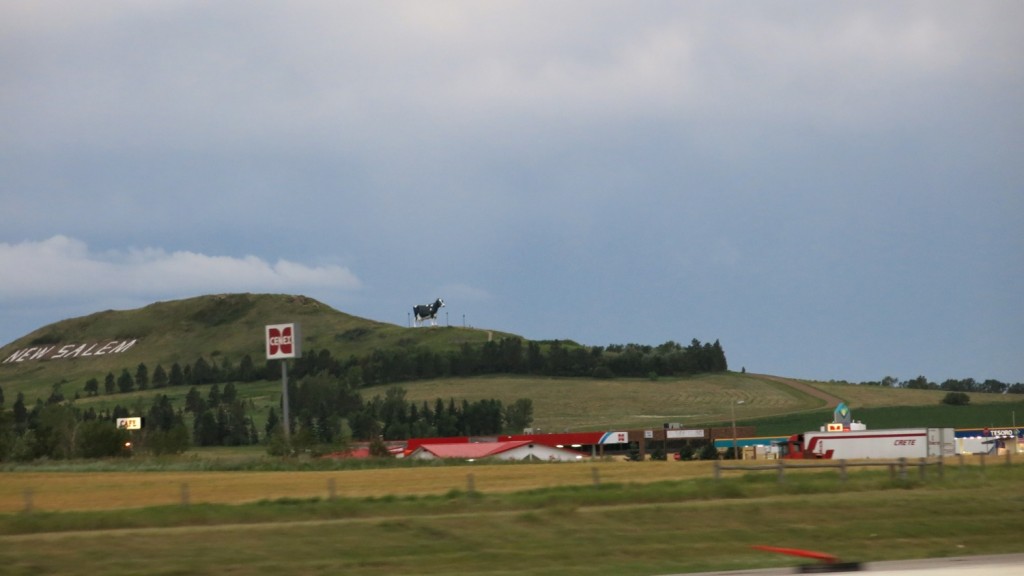
The clouds grew darker as I drove west, and the wind grew stronger. A few patters of rain on the windshield, and then I saw lightning strike somewhere off to the south. The wind began to blow the car around, and I was glad there were hardly any cars on the road. Ahead of me was one small bit of blue sky. Lightning flashed to the north. Another strong gust of wind, and the headlights showed bits of grass and plants blowing horizontally across the highway. Lightning flashed in the rearview mirror, and in front of me, yet still the road wound towards that one small patch of light sky.*
Gusts of wind hit the car now and then, and I found myself gripping the steering wheel hard. I had to pass a semi-trailer; another car passed me, and I saw that car get blown from one side of the lane to the other. Steady rain for a few minutes, then nothing, then a few drops of rain; and still the road kept winding towards that one calm spot in the sky. At last I pulled into Dickinson. It was almost dark, but it wasn’t raining, and there wasn’t much wind, and that bright spot of sky was directly overhead.
But a half and hour after I checked into the motel, the power went off. Years ago one of our housemates, Judy, had said that you should always carry a flashlight when you stay in a motel, just in case, and so thanks to Judy I had a flashlight. With the lights out, it was time to go to sleep, and some of my last waking thoughts were of my dad in hospice.
Posted a day later and backdated, due to power outage
* “One insurance company reports that farmers had been hurriedly buying hail insurance early Monday to protect the remainder of their crops, which in some instances, has already been severely damaged by storms last week. High winds are expected today [Tuesday, July 28] to follow in the path of severe storms unleashed late Monday, according to the National Weather Service in Bismarck…. Severe weather from Monday night’s storm or high winds could cause farmers to lose the rest of their crops because what’s left is already damaged, according to [Wade] Haselau [of Cottingham Insurance]. ‘Some of the farmers lost what they had left,’ Haselau said. ‘There’s no coming back from this. They’re a whole year away from getting income again.'” — Bismarck [N.D.] Tribune, Tuesday, July 28, 2015, page one.
